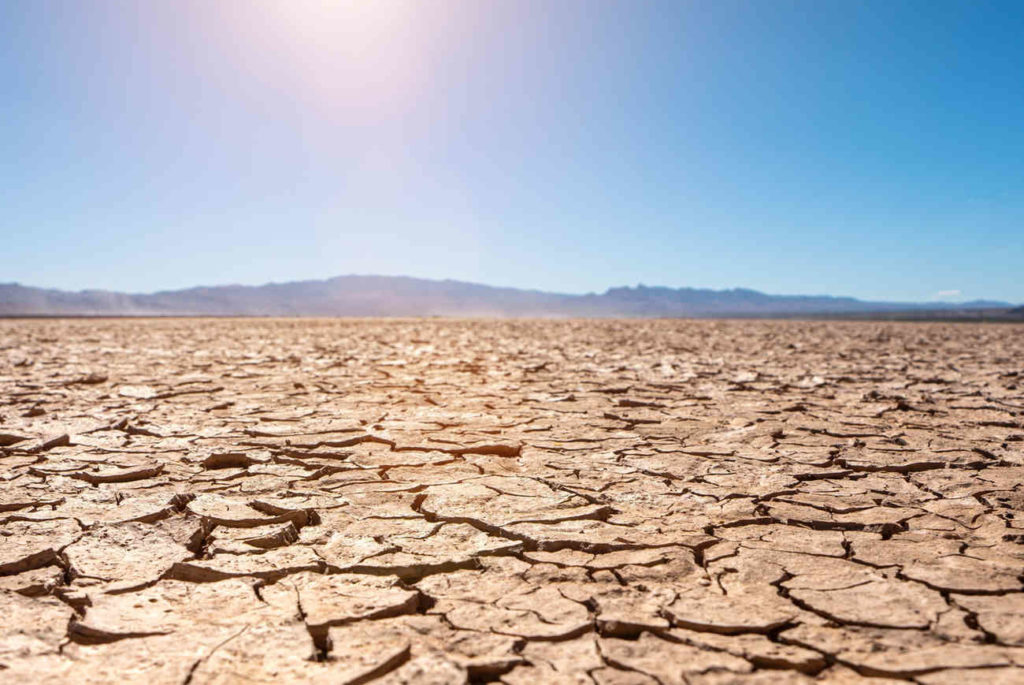How can companies be rewarded for their CSR actions?
Through certifications and labels
To begin with, companies that preserve or use environmental resources responsibly could obtain certifications or labels. These labels would be beneficial to companies’ reputations and could enable them to sell their products or services at a higher price. For example, the B Corp label and the Société à Mission quality label are now recognized for legitimizing a company’s commitment to sustainable development. In addition, labels also open up the possibility of rewarding social actions in favor of diversity and inclusiveness, as demonstrated by the Diversité label. Nevertheless, labels are victims of their own success. Their proliferation over the last few years has made them difficult for consumers and investors to understand, distinguish, authenticate and, ultimately, associate with real value.
Through tax incentives and green finance
This second approach is all the more attractive for companies, as it offers immediate financial benefits. On the one hand, governments could offer tax incentives to companies that take steps to protect environmental resources. On the other hand, these same companies could have access to green funds or loans at preferential rates.
Through credit or permit systems
This more recent approach gives companies direct control over their environmental strategy, even to the point of giving them the choice of transforming the approach into a business in its own right.
- “Offset” represents the model of marketplaces such as the carbon market. This type of model works particularly well because it enables companies that play the game to have a better financial balance. What’s more, it adds a new source of revenue for companies that can resell carbon/environmental credits. Today, global carbon credits are estimated at $0.6 billion, but are expected to reach $50 billion by 2030.
- While offset can be outsourced to organizations of all kinds, “inset” allows you to find ways of integrating companies into your value chain. It aims, for example, to reduce carbon emissions in the product production process while sustaining its activity over the long term. As an example, Nespresso supports a tree-planting program with the farms of its coffee suppliers, and Ben & Jerry’s invests in agroforestry and other regenerative farming practices in Uganda, where it sources vanilla for its ice creams.
Through the use of green cryptocurrencies
Finally, a new means could be applied to the two previous models: the use of cryptocurrencies. This would have the particular advantage of guaranteeing the transparency and traceability of transactions. In addition, cryptocurrencies can appeal to players of all sizes and mobilize a wider audience due to their global nature.
- Participatory financing for sustainable projects: For example, farmers could set up their own cryptocurrency to raise funds from investors who would support their working methods (production methods, animal husbandry, respect for the environment, regional know-how…).
- Tokenization of environmental assets: What’s more, if cryptocurrencies can be used as exchange intermediaries on alternative marketplaces for agricultural commodities, food products… why not environmental tokens? A carbon coin?
To date, however, this possibility is hampered by a lack of understanding of crypto-currencies, and by the fact that they give rise to legitimate concerns on the part of current financial and political regulators, as well as citizens (volatility, speculative bubbles, disintermediation of financial and political bodies).
But these models have their limits…
If these models represent possible solutions, they also admit to limitations.
- The increase in eco-labels may lead to greenwashing, while credit systems may encourage complacency rather than real, lasting change.
- The absence of harmonized regulations between countries or regions can lead to inconsistencies in valuation approaches, complicating the task of companies operating in several markets.
- Excessive monetization of natural resources can reduce them to mere commercial, rather than common, goods, with pricing mechanisms disconnected from ecological and social reality, inducing companies to prioritize financial interests over environmental issues, as currently demonstrated by the low price of carbon despite its high impact.
- How can we guarantee a fair distribution of the value generated by sustainability, so that certain downstream players do not capitalize on the efforts of others, such as breeders or farmers reducing their carbon footprint?
However, these limitations should not lead to inaction, but do call for particular attention and reflection to ensure the long-term effectiveness and relevance of the models chosen.
Which environmental assets should be valued?
Carbon
Carbon trading has paved the way for the economic accountability of greenhouse gas (GHG) emissions. The choice of CO2 as the first and principal environmental asset to be measured stems mainly from its significant contribution to climate change, coupled with its ease of quantification. Its prominence in climate change discussions has been reinforced by the existence of extensive historical databases and the support of the Kyoto Protocol (2005). What’s more, CO2 is precisely measurable, which has facilitated the establishment of standards and protocols for carbon markets.
So, despite its controversies, the carbon market has the merit of providing a solution for companies that are lagging behind, or for which equilibrium can only be achieved over a long timeframe. The importance of CO2 in the public debate on climate change has made its control and reduction more attractive to companies, in terms of CSR and brand image.
What does the future hold for the carbon market? In the summer of 2022, the European Parliament voted in favor of a border carbon tax. This mechanism will come into force in 2032, and will impose a carbon price on imports similar to that paid by companies established on European soil. Will this measure restore the competitiveness of European players? Encourage foreign companies to decarbonize? Encourage other countries to adopt carbon pricing? How will it influence the price and quality of finished products?
Find out more about how we can help you with your carbon strategy projects >
Biodiversity, water and soil quality… and more
The future of sustainable development in the agri-food industry lies in taking into account all natural resources, starting with biodiversity, water quality and soil.
- The availability of drinking water is a major challenge for this century. Many regions of the world are already facing water stress, and the situation is set to worsen with climate change. Overexploitation of groundwater, pollution and poor management also have serious implications for aquatic and terrestrial ecosystems. Implementing water pricing mechanisms that reflect its real value could be a relevant avenue, as could encouraging water-saving technologies and setting standards for wastewater treatment.
- Biodiversity is the keystone of our planet’s health. It plays a crucial role in ecosystem functions such as crop pollination, waste decomposition and climate regulation. Mechanisms could include incentives for the conservation of flora and fauna, the restoration of degraded habitats, and certification for products derived from biodiversity-friendly practices. Initiatives in this direction are already underway, for example with France’s Biodiversity Offset Bank. This model, similar to the carbon market, enables companies to “buy” natural areas to compensate for the environmental damage they cause elsewhere.
- As for soils, they are essential for food production, store large quantities of carbon and play a vital role in the water cycle. However, soil erosion, degradation and pollution threaten these functions. Labels could promote sustainable farming practices, such as agroforestry or conservation agriculture, while credit systems could reward soil carbon sequestration.
- And the list goes on: genetic diversity, the valorization of agricultural waste, the preservation of landscapes, the promotion of local culture, forests, oceans and marine resources are all aspects and future “environmental assets” that could be promoted.
Challenges remain in defining, measuring and valuing these new environmental assets
However, valuing other environmental assets presents a number of challenges, particularly in relation to CO2, which may hamper their implementation:
- Variability and complexity of measurement: For example, assessing the impact of an activity on biodiversity requires taking into account a multitude of species and ecological interactions. In addition, while robust international protocols exist for measuring and reporting CO2 emissions, uniform standards may be lacking for other resources, making comparisons and certification more difficult.
- Associated costs: The efforts required to assess, certify and monitor the management of other resources can be perceived as costly, especially in the absence of a clearly defined market or incentive mechanisms.
- Local vs. global dimension: While CO2 emissions have a global impact, other resources, such as water or biodiversity, often have local or regional implications, calling for a more nuanced and contextual approach to valuation.
- Time scale: Some resources may take decades to show tangible signs of improvement or degradation, which may deter investors or companies looking for more immediate returns.
In conclusion, the valuation of new environmental assets represents a crucial step towards sustainability. While the carbon market is paving the way, broadening the scope of valuation to include biodiversity, water, soil and other resources is imperative.
Models such as labels, tax incentives, credit schemes and even cryptocurrencies offer opportunities to reward companies committed to responsible practices. However, persistent challenges, such as greenwashing and measurement complexity, require a considered approach. This also indirectly presupposes meeting the 3 other challenges previously discussed in this saga: collaboration, innovation and measurement. We can support you in your projects related to these topics. Don’t hesitate to contact our team!
About the authors,
Mathieu, Project Manager in Alcimed’s Agrifood team in France
Sami, Senior Consultant in Alcimed’s Agrifood team in France
Ludivine, Consultant in Alcimed’s Agrifood team in France
Antoine, Consultant in Alcimed’s Agrifood team in France



